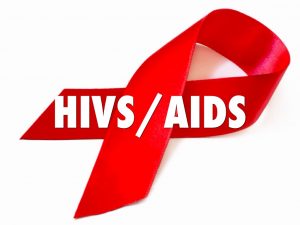
Surrounding the roots of hair, are small cavities called hair follicles. When one or more hair follicles get affected with infection or inflammation, it causes a disease called Folliculitis. The disease occurs wherever there is growth of hair like armpits, thighs, neck, buttocks and scalp, especially where friction is commonly caused. Rash or acne like small bumps appear and can be chronic or acute. Obese people are more likely to get the disease.
Symptoms of Folliculitis include crusty yellow, red, or white small bumps on the skin accompanied by swelling, soreness, itching and pus. The disease is caused by fungi or staph bacteria through body contact with an infected person. Contact with contaminated items like clothing, soap, towels of an infected person or fungi and bacteria at unclean spas and pools can cause the disease. Risk of the getting the disease increases if the person has a weak immune system, wears tight clothing thus causing irritation, avoiding taking a shower after sweating excessively or getting injuries on the skin especially after shaving.
Diagnosis of folliculitis is done depending upon duration of bumps on the skin, whether there is a history of the disease in your family and other symptoms experienced. With the appearance alone, the doctor can conduct a diagnosis. One of the bumps may be removed for the purpose of testing.
Is folliculitis curable?
Folliculitis is a minor disease usually, needs no treatment and goes away on its own. Medical help has to be sought if there is irritation on the skin accompanied by smelly bumps, pus filled bumps, rash that spreads and fever. Over the counter prescription medications may be recommended by the doctor to treat Folliculitis that is slow to heal or severe. Cause of the infection is also treated with antifungal medications or topical or oral antibiotics. Itching or pain is best relieved with antihistamines or NSAIDs.
In case of failure to treat chronic folliculitis, laser hair removal may be recommended by the doctor. Folliculitis can be best prevented by showering after excessive sweating, keeping the skin moisturized, avoid lotions that do not clog the skin, avoid tight fitting clothes, using an electric razor and shaving in the direction of hair growth and avoiding sharing of products for personal care like towels and razors.








